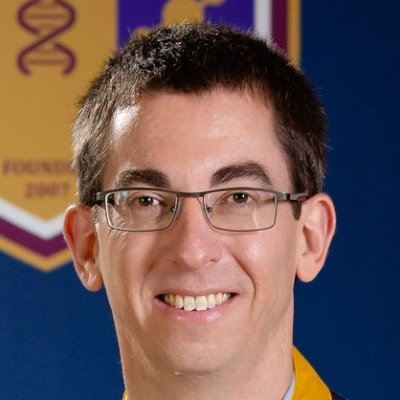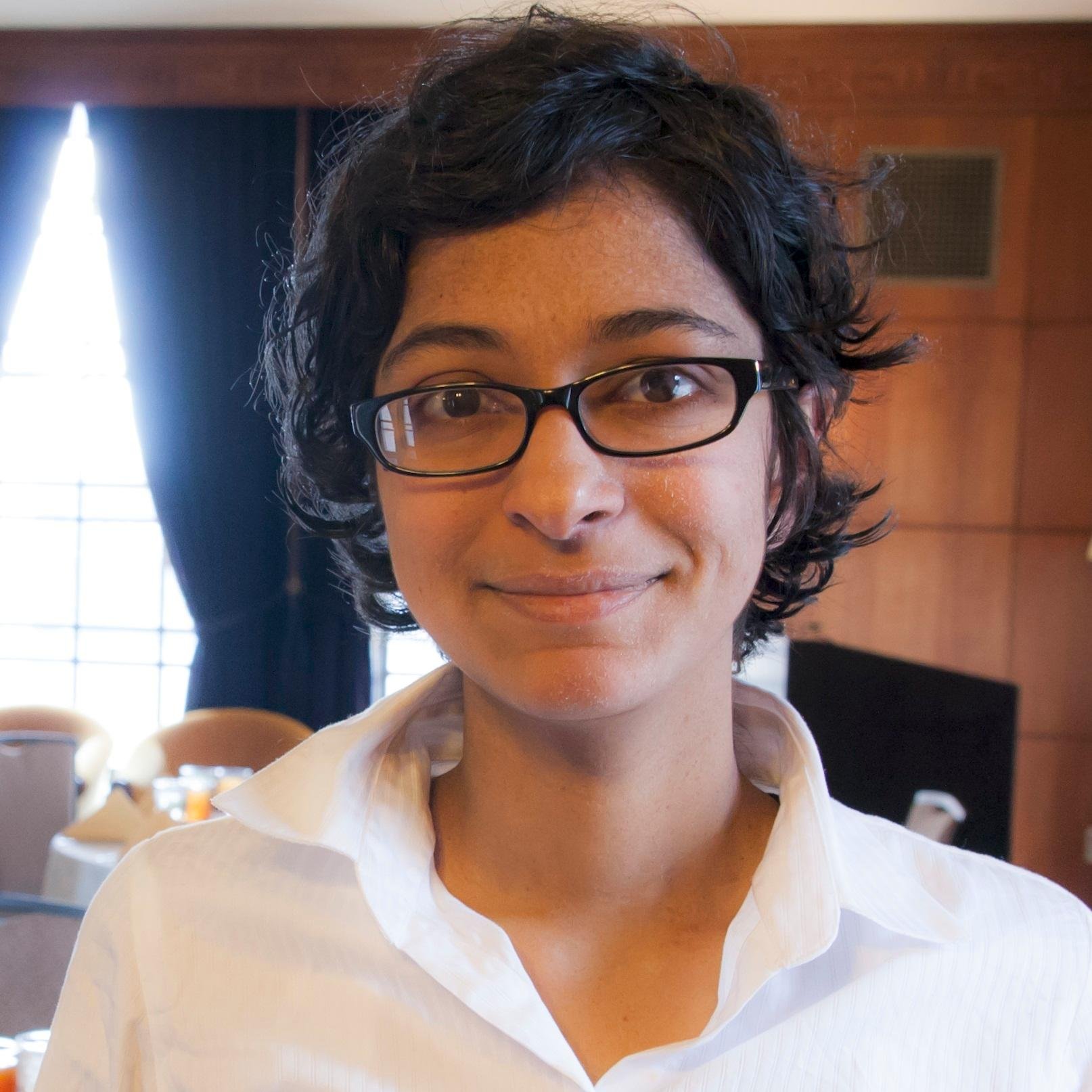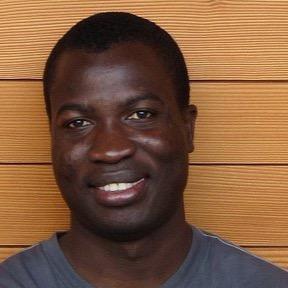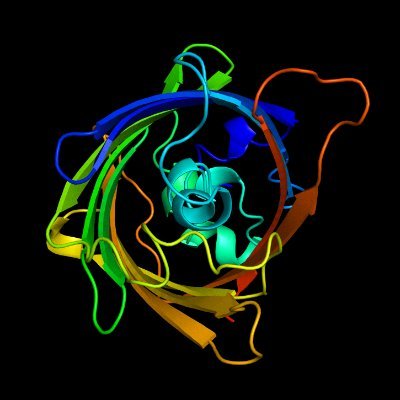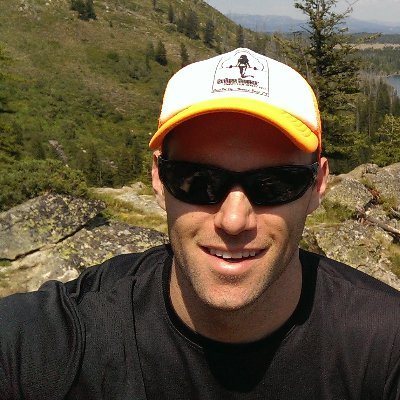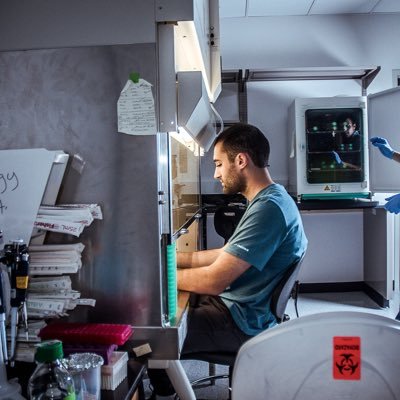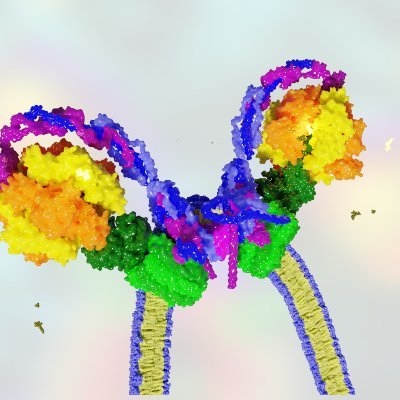
Suyash Shringarpure
@suyashssScientist at 23andMe. Interests: Machine learning, Genetics, Privacy
Similar User

@23andMeResearch

@alexGioannidis

@gabecasis

@genetisaur

@marchini

@adamauton

@egatkinson

@joellembatchou

@AndrewHaoyu

@SaharMozaffari

@genandgenes

@sarakmathieson

@jaredmoconnell

@DNApriori

@mkveerpn
📌Publication alert: In a preprint from the @23andMeResearch team, we conducted one of the largest GWAS study of Long COVID and identified genetic links of chronic conditions with Long COVID. medrxiv.org/content/10.110…
Come join the webinar and hear about our latest update on how programs supported by genetic evidence from 23andMe improves clinical success!
Webinar: 90% of therapeutic programs in clinical trials fail. Join us Tues Aug 13 at 12pm ET to hear from Xin Wang, Ph.D. from @23andMe as she shares recent work on how the scale of genetic data and improved methods impact clinical success. Register here: bit.ly/3zWGI9y
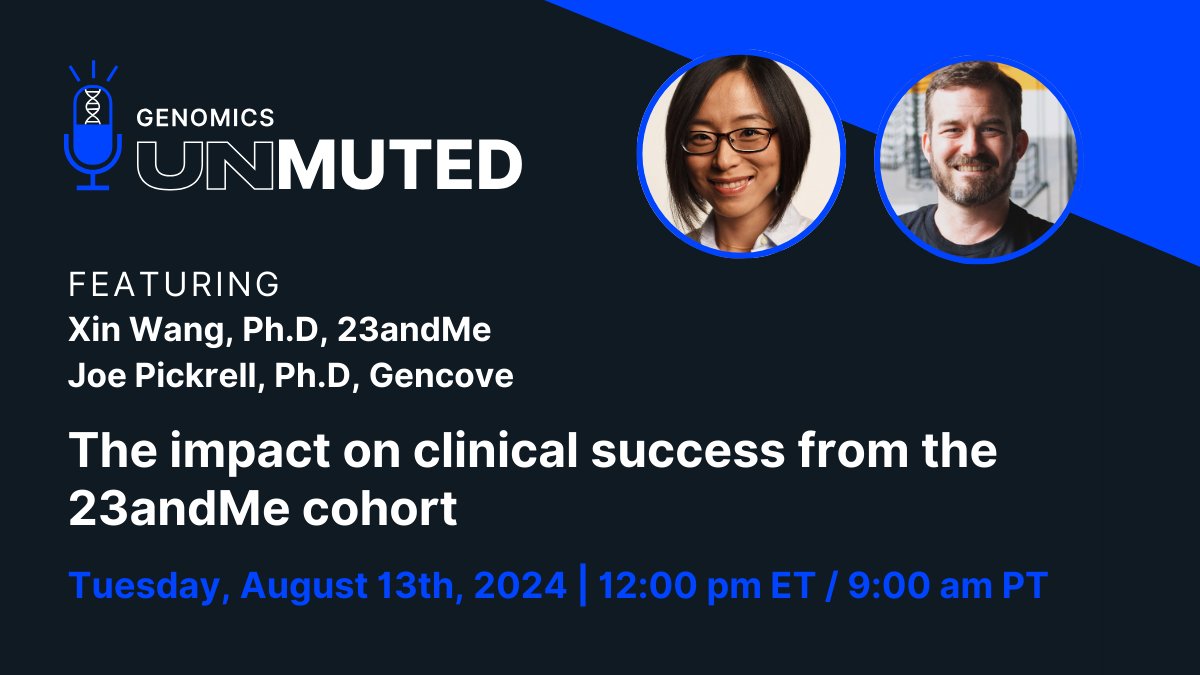
Excited to share our latest paper, where we describe ITSN1 as a novel risk gene for Parkinson's disease! We found that rare loss-of-function variants are associated with a 10-fold increased odds of PD. As far as we know, this is the largest effect size reported for sporadic PD…

In a preprint from the @23andMeResearch team, we used Mendelian randomization to explore the genetically-predicted causal effects of Lp(a) on a range (n=489) of human traits and diseases. medrxiv.org/content/10.110…
Webinar: 90% of therapeutic programs in clinical trials fail. Join us Tues Aug 13 at 12pm ET to hear from Xin Wang, Ph.D. from @23andMe as she shares recent work on how the scale of genetic data and improved methods impact clinical success. Register here: bit.ly/3zWGI9y

New preprint from @23andMeResearch @23andMe reports 4-5x success with genetic evidence for drug trial success.
Previous papers have shown that drug targets with supporting genetic evidence can have twice the success rate when reaching clinical trials. In our most recent paper (medrxiv.org/content/10.110…), we looked at how data from @23andMe can provide additional genetic evidence. 🧵1/8
Previous papers have shown that drug targets with supporting genetic evidence can have twice the success rate when reaching clinical trials. In our most recent paper (medrxiv.org/content/10.110…), we looked at how data from @23andMe can provide additional genetic evidence. 🧵1/8
There’s still a massive amount of value left to be had in utilizing genetics for target discovery; we’re still just scratching the surface. A nice thread on our latest preprint, showing that more scale = more useful target insights. Comments welcome!👇
Previous papers have shown that drug targets with supporting genetic evidence can have twice the success rate when reaching clinical trials. In our most recent paper (medrxiv.org/content/10.110…), we looked at how data from @23andMe can provide additional genetic evidence. 🧵1/8
Analyses on 7.5M individuals from @23andMe confirm that drugs with genetic support are more likely to survive clinical development🧬->💊 👉large rare variant effects increase relative success rate by 3-4x 👉improved mapping to causal gene by 4-5x❗️ medrxiv.org/content/10.110…


Preprint - using ChatGPT4 for literature mining for causal gene prioritization at GWAS loci outperforms existing methods with 1% "obvious" hallucination rate medrxiv.org/content/10.110…
Say goodbye to the tedious task of hunting down the causal gene in literature for your GWAS hits (?) Let an LLM do the heavy lifting ! A recent study from @UChicago & @23andMe medrxiv.org/content/10.110…

GPT4 outperforms existing methods for finding causal genes in GWAS studies. This is a "huh, I didn't expect this to work" case, as the author says
In the latest edition of "Huh, I didn't expect that to work", our latest paper shows that LLMs can outperform existing methods for identifying causal genes in genome-wide association studies. 🧵 medrxiv.org/content/10.110…
In the latest edition of "Huh, I didn't expect that to work", our latest paper shows that LLMs can outperform existing methods for identifying causal genes in genome-wide association studies. 🧵 medrxiv.org/content/10.110…
One of the inflection points for LLMs will be making novel contributions to science at scale - and this is headed that direction! "Large language models identify causal genes in complex trait GWAS" Really interesting work from @adamauton, @suyashss and other authors!
In the latest edition of "Huh, I didn't expect that to work", our latest paper shows that LLMs can outperform existing methods for identifying causal genes in genome-wide association studies. 🧵 medrxiv.org/content/10.110…
A preprint from the 23andMe Research Team exploring the multi-ancestry genetics of diarrhea during acute Covid in which we find evidence that IBS subtypes influence risk. Kudos to the 1st author, Ninad Chaudhary @ninaadsc, a postdoc in the Research Team!🙌medrxiv.org/content/10.110…
Prospective analysis of incident disease among individuals of diverse ancestries using genetic and conventional risk factors (From 23andMe) medrxiv.org/content/10.110…
Our latest preprint - PRS can predict 1-yr incidence for 12 diseases in multiple ancestries (study of 8.5M individuals) medrxiv.org/content/10.110… PRS add information to conventional risk factors, and favorable lifestyle linked to lower risk in high-PRS group
A new 23andMe genetic study identified a rare variant among people of Puerto Rican ancestry that can lead to a more than 12-fold increase in the risk of cataracts and a 13-year earlier onset for the condition. blog.23andme.com/articles/genet…
Fantastic story highlighting the importance to study populations of various ethnicities.
A new founder mutation in Puerto Ricans has been discovered which increases the odds of developing cataract by 12.7 folds and dials down the disease onset 13.7 yrs earlier! Thanks to the diversity of the 23andMe research participants. The researchers were able to make this…


Wild to have found a variant with an an OR for cataracts of >12! Underscores the importance of GWAS in historically underrepresented populations for expanding disease understanding across all populations (and hopefully finding protective variants)
New preprint - In a GWAS of cataract in Puerto Ricans, we found a rare variant association with odds ratio 12.7! Work led by Jing Shi. @jaredmoconnell @kasia_bryc @vvacic @willfreyman @NouraAbulHusn @adamauton @23andMeResearch medrxiv.org/content/10.110…
United States Trends
- 1. soobin 101 B posts
- 2. Cowboys 72,6 B posts
- 3. Good Tuesday 23,7 B posts
- 4. KADOKAWA 39,7 B posts
- 5. #tuesdayvibe 2.877 posts
- 6. Fultz 1.755 posts
- 7. Clippers 12,3 B posts
- 8. Eliza 14,1 B posts
- 9. #EeveeDay N/A
- 10. Jerry 42,4 B posts
- 11. Norman Powell 2.207 posts
- 12. #پاکستان_میری_پہچان 1.089 posts
- 13. Eevee Evolution N/A
- 14. sabrina 116 B posts
- 15. FromSoftware 16,9 B posts
- 16. The Herta 29,5 B posts
- 17. Nancy Mace 20,7 B posts
- 18. #AskShadow 7.744 posts
- 19. Mixon 18,3 B posts
- 20. Astrid 14,1 B posts
Who to follow
-
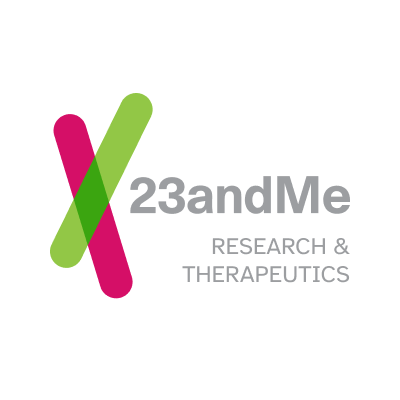 23andMe Research & Therapeutics
23andMe Research & Therapeutics
@23andMeResearch -
 Alexander G. Ioannidis
Alexander G. Ioannidis
@alexGioannidis -
 Goncalo Abecasis
Goncalo Abecasis
@gabecasis -
 Alicia Martin
Alicia Martin
@genetisaur -
 Jonathan Marchini
Jonathan Marchini
@marchini -
 Adam Auton
Adam Auton
@adamauton -
 Elizabeth Atkinson
Elizabeth Atkinson
@egatkinson -
 Joelle Mbatchou
Joelle Mbatchou
@joellembatchou -
 Haoyu Zhang
Haoyu Zhang
@AndrewHaoyu -
 Sahar Mozaffari
Sahar Mozaffari
@SaharMozaffari -
 Genevieve Wojcik, PhD MHS
Genevieve Wojcik, PhD MHS
@genandgenes -
 Sara Mathieson
Sara Mathieson
@sarakmathieson -
 Jared O'Connell
Jared O'Connell
@jaredmoconnell -
 Michael D. Kessler
Michael D. Kessler
@DNApriori -
 Kumar Veerapen, PhD
Kumar Veerapen, PhD
@mkveerpn
Something went wrong.
Something went wrong.












